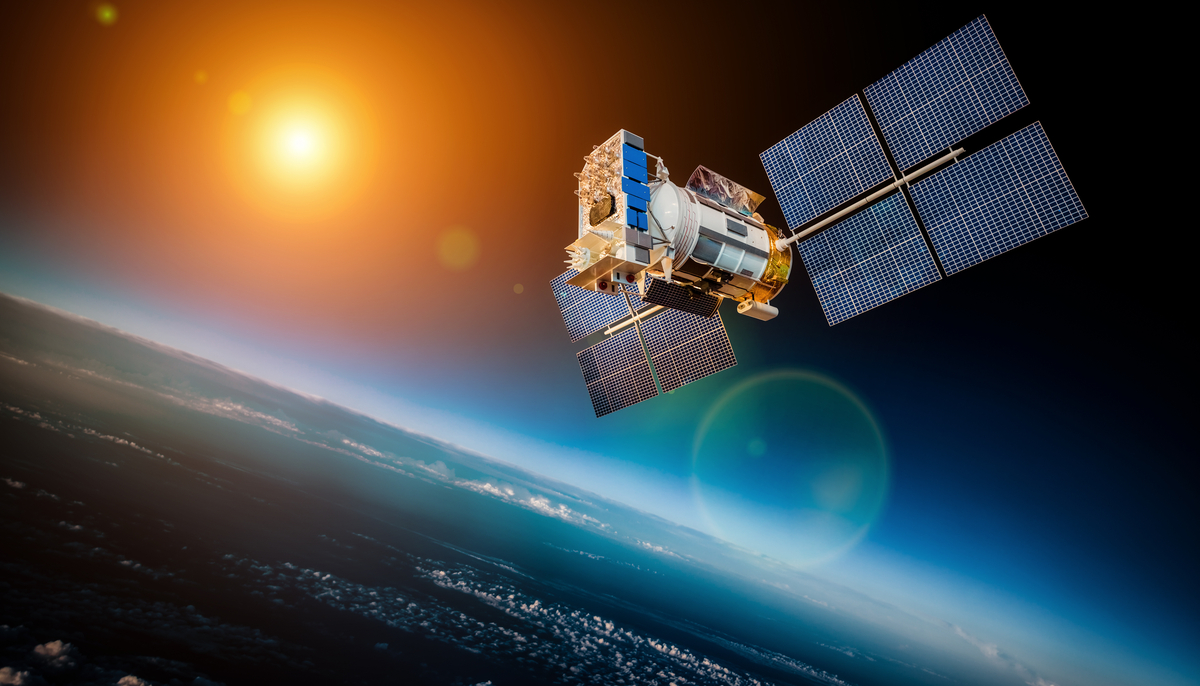Shutterstock
The Space Force, the newest branch of US Armed Forces, has announced that Russia has launched a satellite that is exhibit “troubling” behavior.
“Last November the Russian government launched a satellite that subsequently released a second satellite,” Space Force Commander John Raymond said Monday.

“These satellites have been actively maneuvering near a U.S. government satellite and behaving similar to another set of satellites that Russia deployed in 2017, and which the Russian government characterized as ‘inspector satellites.'”
The new armed forces branch, the Space Force, was created in 2018 by President Trump. Many saw this as a strange move. Air Force Space Command already employs some 38,000 people and delegates all US military interests above the atmosphere.
However, Trump pressed on, and the new, entirely redundant, Space Force was born. Monday’s statement was the first major release from the Space Force since its inception.
As of this writing, Space Force assets have been primarily used to monitor and track US satellites. It also tracks any potential threats to the US space infrastructure. In the most recent budget reports, the Trump administration asked for $18 billion in funding for the nascent military branch.
How, exactly, the president has justified a wholly redundant branch of the military receiving $18 billion in a single year is unclear.
Raymond, when discussing the Russian “inspector” satellites, stated that “Similar activities in any other domain would be interpreted as potentially threatening behavior.”
As for the Russian program behind the satellites? “This is unusual and disturbing behavior and has the potential to create a dangerous situation in space. The United States finds these recent activities to be concerning and do not reflect the behavior of a responsible spacefaring nation.”
Alarm about the potential of disruptive, destructive satellites targeting space infrastructure is twofold. Firstly, of course, many things on the ground rely on satellites to function, such as GPS and communications. However, it’s not just the costly damage to a satellite that the US military is concerned with.
If a satellite collides with another entity in space, the two could both be shattered into a debris field. This debris field, in turn, could have a domino effect. The debris could destroy other satellites, creating a larger and larger debris field.
Hopefully the scientists behind the Russian “inspector” satellites know this. If so, they should take no hostile action toward the US’ space infrastructure.